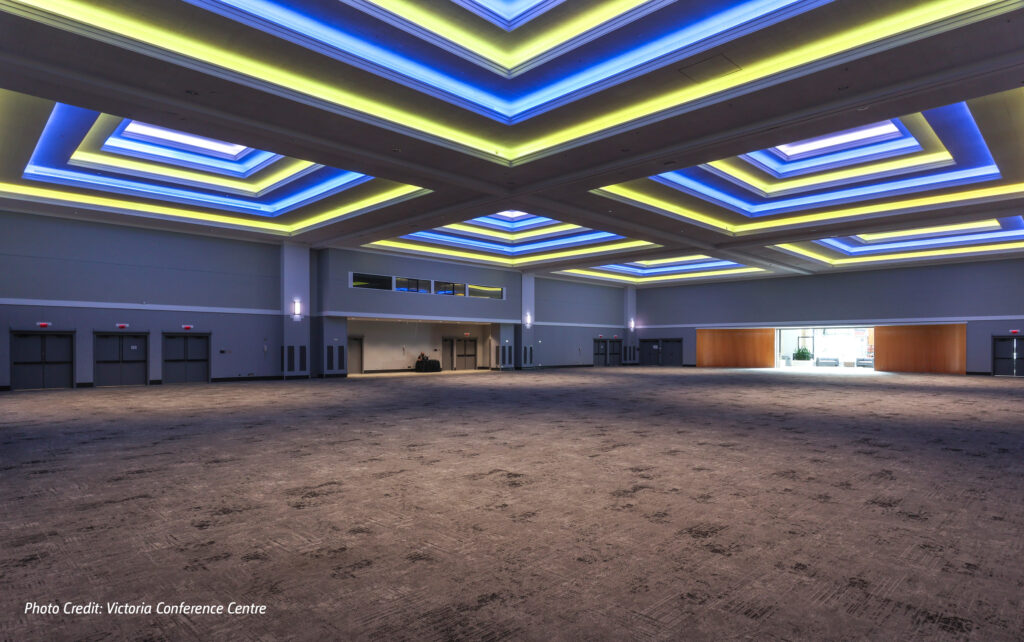An Interview with the Leaders of Commercial Lighting Products
Canada-based Commercial Lighting‘s stated objective is to help organizations across Canada devise energy-efficient solutions in applications ranging from lighting design to electric vehicle charging. We delve into some of the details with co-CEOs Dustin Paul and Tayhler Paul in this interview.
Dustin Paul has worked at the company for 14 years and primarily focuses on the lighting and EV Charging side of the business. Tayhler Paul has worked at the company for 13 years and primarily focuses on the horticulture side of the business as well as internal operations.
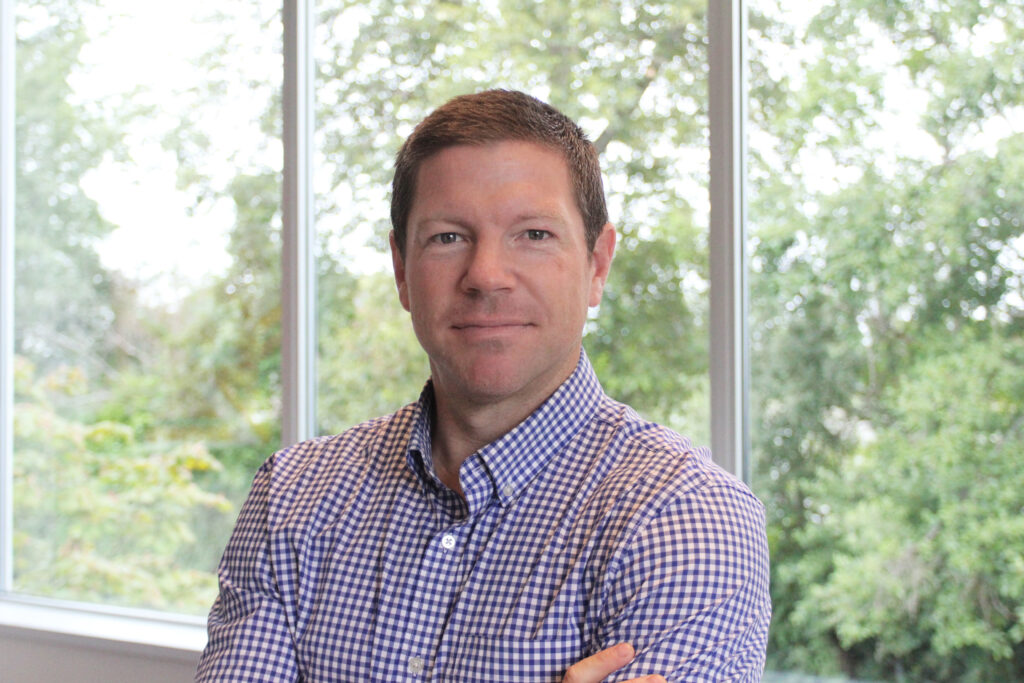
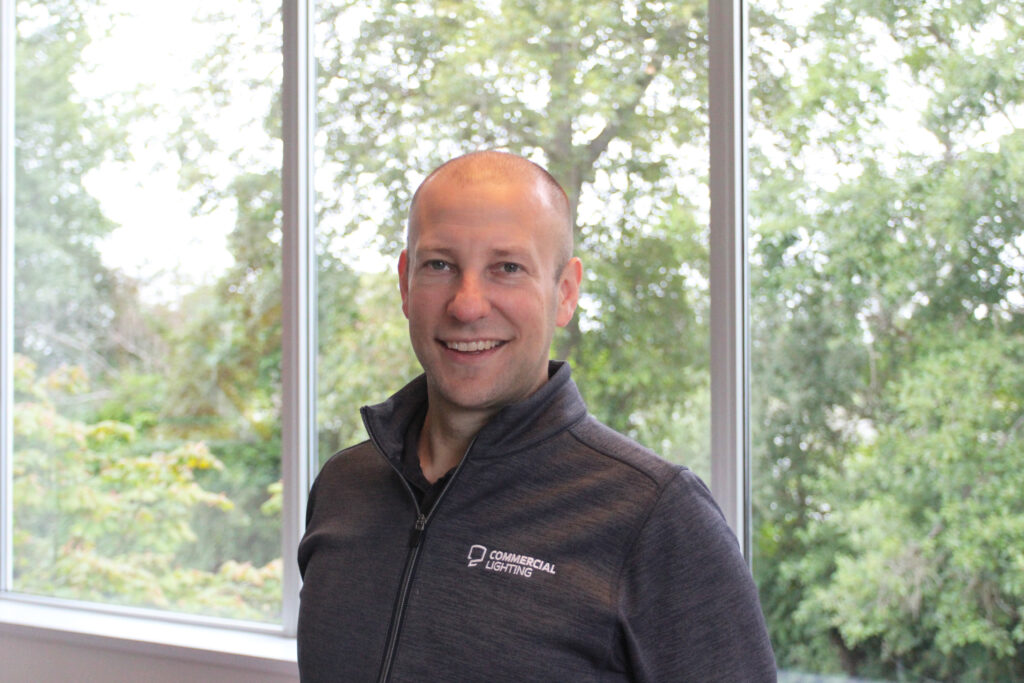
Could you briefly trace Commercial Lighting’s background for us?
Dustin Paul: Over 40 years ago, Don Paul (our father) & his partners began selling incandescent lighting out of his garage in Calgary, but since then, our business and the industry has changed a lot.
We now focus on consulting residential and commercial clients, retailers, and municipalities across Western Canada on how to best implement energy-efficient solutions for their properties, which can entail lighting, EV charging, horticulture, and other forms of clean energy solutions.
As of recently, the ownership structure has changed and now, my brother Tayhler and I own the company. Our head office is based in Delta, British Columbia. We’re proud of the work our founders did to build this company and we’re excited to continue evolving and growing as the industry changes.
We currently have 5 branches across Canada: Delta and Victoria in BC, Edmonton and Calgary in Alberta and Winnipeg, Manitoba, with over 75 incredible employees.
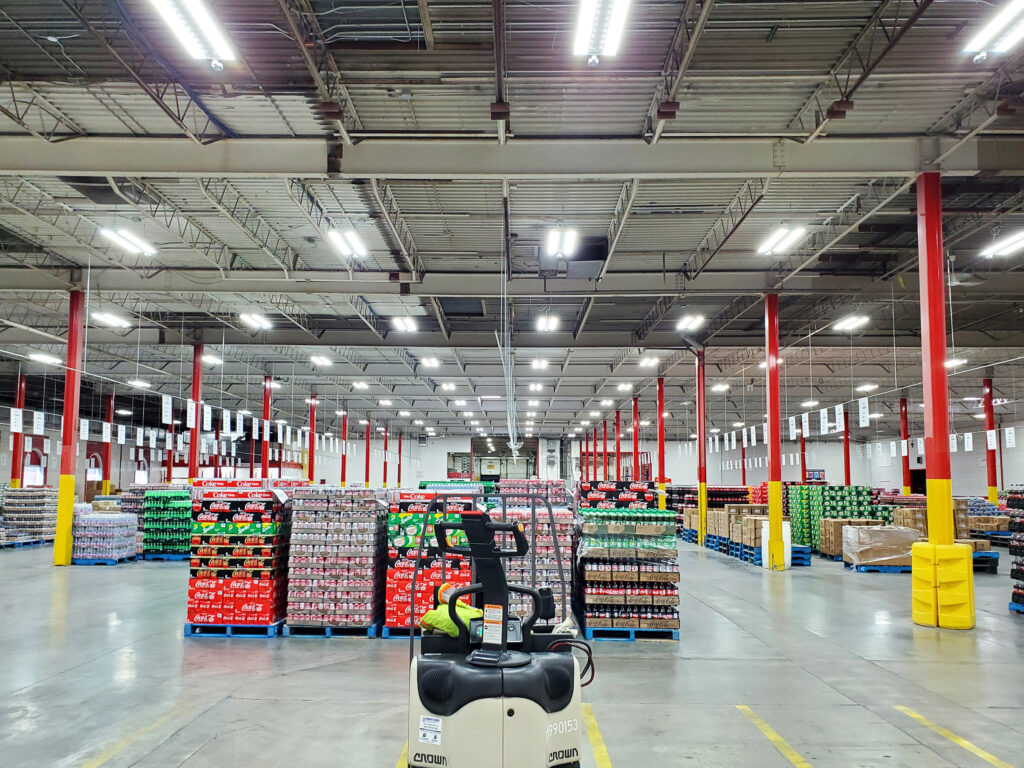
Could you elaborate on your stated business objective “helping businesses find sustainable energy solutions”? How did you get started, what were some of the challenges and opportunities along the way?
Dustin Paul: traditionally, the lighting technology that was available was incandescent lighting, metal halides, and high-pressure sodium bulbs, all of which were not necessarily the most efficient, but at the time they were what we used. LED lighting truly changed the game. In the process of understanding the lighting market and the opportunities for businesses to run more efficiently, we became consultants in terms of energy efficiency and understanding the technology.
Most people understand the benefits of LED lighting, but I’d say the biggest challenge still is getting some customers minds wrapped around the capital investment, what the return looks like and why they would spend the money upfront.
But once they understand the annual cost savings and the reduced maintenance, it’s almost always a no-brainer. It’s really all about engineering a lighting system that both saves the client money and allows them to operate in such a way that has them enjoying an efficient lighting system.
Talk to us about your experience in vertical farming and its potential.
Tayhler Paul: We are actively involved in the Vertical Farming market, partnering with manufacturers like Philips/Signify to distribute the best lighting fixtures for any sort of application. We believe in the future opportunities to bring food closer to the consumers. Doing this helps keep produce fresh by not having food travel long distances or experiencing spoilage. It prevents crop fluctuations from climate extremes.
Growing in a controlled environment helps reduce the variables that can lead to poor harvest yields.
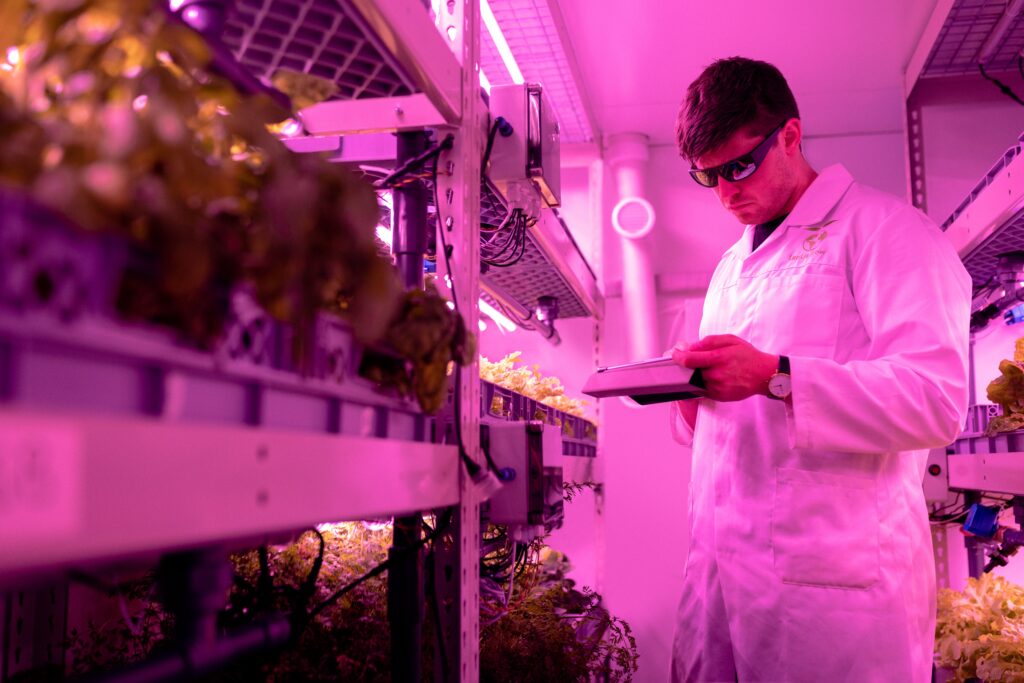
We’ve worked with a number of indoor growers and vertical farmers to supply them with the products they need to be successful, which includes a mixture of the right lighting, nutrients, air handling equipment, growing media, and more. We want to make it as easy as possible for them to get what they need to totally equip their facilities and create an optimal growing environment.
We’re excited about the future of this market and how it can help provide sustainable and economically attractive crops to protect our sovereignty and to address food scarcity concerns moving forward.
The United Nations’ Food and Agricultural Organization (FAO) marks October 16 as World Food Day. It is estimated millions of people around the world cannot afford a healthy diet and are at a high risk of food insecurity and malnutrition. Do you see vertical farming playing a crucial role in reducing food shortage and food wastage?
Tayhler Paul: With the effects of climate change and a growing population, moving to controlled environments for crop production will help the food system be more robust in the face of unexpected floods, droughts, and fires that may affect traditional farming spaces. We’re really excited to see that more cities are beginning to embrace vertical farming and hopefully it allows communities to get ahead of potential food scarcity concerns.
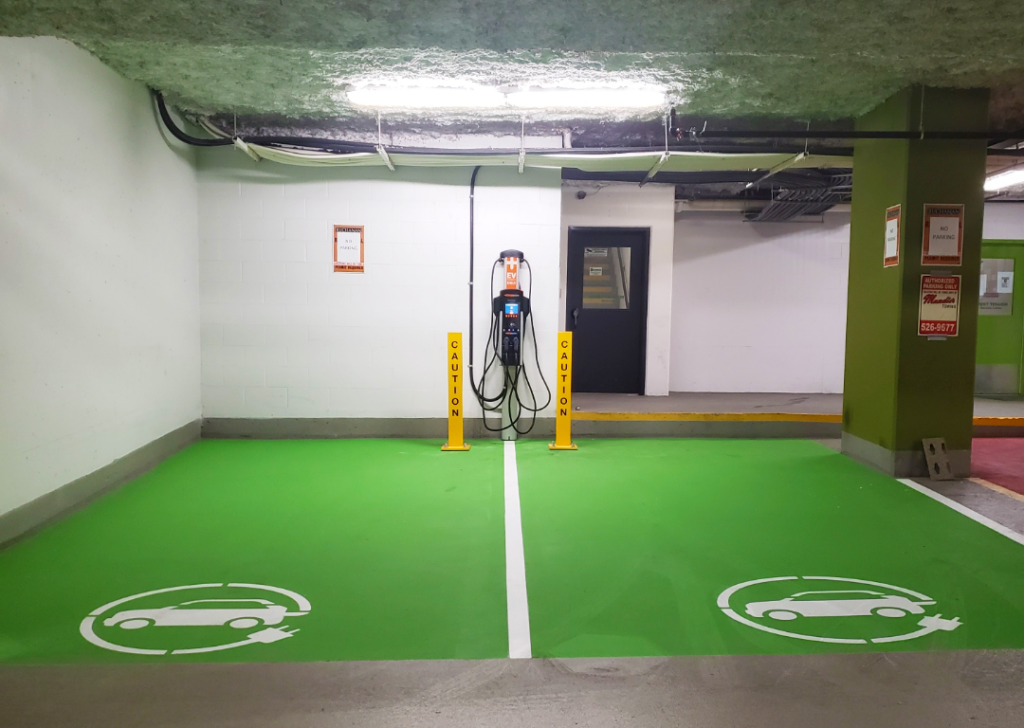
The market for EVs is gaining traction. Describe the opportunities you are pursuing. What are some of the challenges?
Dustin Paul: EV chargers are an electrical component, so understanding the electrical grid and electrical capacity are a pre-requisite.
How we understand the lighting market gives credence to understanding the EV market in terms of knowing the technology and the application for our customers.
While there was certainly a learning curve initially, our team has picked up the technology quickly and developed relationships with highly experienced contractors to deliver EV solutions to both new and existing customers.

Tell us about Commercial Lighting’s future plans and the new frontiers you plan to take on.
Dustin Paul: We see an opportunity to develop our value proposition to include sustainable technologies, such as solar & wind, battery technology and other sustainable clean power technologies.
This won’t come without challenges though. How and what these sorts of technologies will look like in Canada (and specifically in different provinces) is yet to be determined, but we are constantly educating ourselves and will continue to develop the conversation around sustainability in Canada. With that said, we’ll aim to stay in our lane of that of a well-informed consultant, understanding the technology and presenting the business case that we see to our clients and continuing to do so in the years to come.
Could you share your top best practices for other businesses or emerging professionals pursuing a career in the lighting industry?
1. Listen to your customers!
2. Partner with reputable manufacturers.
3. Prioritize the right fit for the customer, not just what serves you.
4. Don’t get sucked down the “price is everything” black hole. Focus on value, not price.
Tell us about your experience with LightFair.
We’ve been to LightFair about 3-4 times, if not more. What I personally enjoy most about it is getting to see all of the new and emerging technology from all of the different manufacturers, as well as having the opportunity to network. I think if you work in this industry, attending this event at least every few years is key to staying on top of the latest trends and technology.
Tayhler Paul

